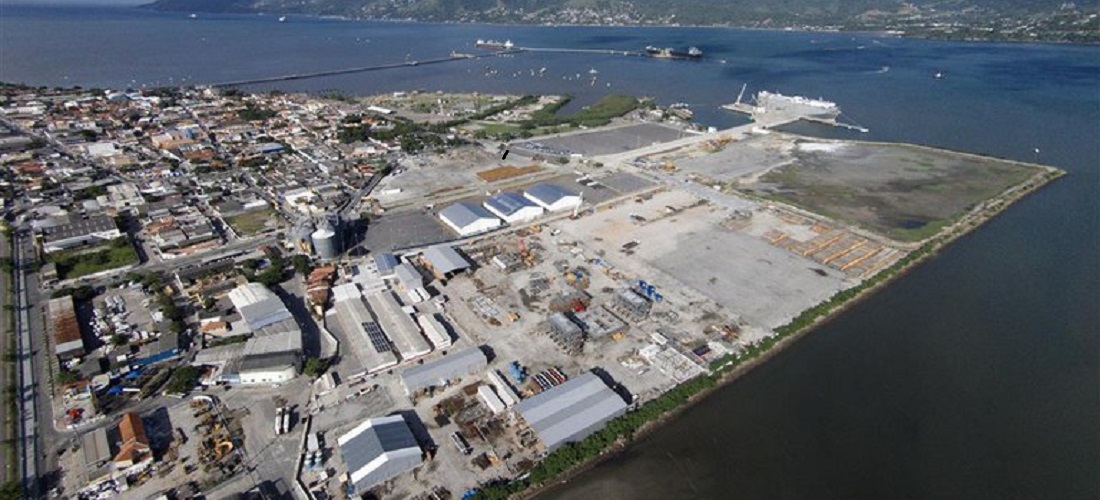
Port of São Sebastião breaks new cargo throughput record
Jan, 22, 2024 Posted by Gabriel MalheirosWeek 202404
The São Sebastião Port Company, a state-owned company associated with the Secretariat of Environment, Infrastructure, and Logistics of São Paulo (Semil), saw a record high cargo throughput in 2023 at over 1 million tons. Experiencing a 12% growth compared to 2022, the company’s revenue expanded by 51%, equivalent to R$ 43.5 million.
Bulk soda ash, a key ingredient in the production of glass and packing containers made it to the top of the list of most transported cargoes, totaling 343 thousand tons. Sugar bags come in second at 194 thousand tons, followed by malt for the brewing industry at 106 thousand tons, and silicate, which is used to make soap, adhesives, and mortars at 50 thousand tons.
“The port plays a crucial role in the region’s development. This new record is highly significant and indicates that we are moving towards achieving new efficiency standards,” evaluates the Secretary of Environment, Infrastructure, and Logistics, Natália Resende.
The previous record, set in 2022, was 918 thousand tons, with a revenue of R$30.2 million. The results achieved in 2023 reflect the port’s management strategy, which applied discounts on port tariffs and expanded merchandise storage capacity.
“We are pleased with the results, which reflect the port community’s confidence in the port’s capabilities. We will continue working to provide better conditions for port operators and further optimize our performance,” adds the São Sebastião Port Company CEO, Ernesto Sampaio.
-
Oil and Gas
Jan, 15, 2019
0
Argentina’s Vaca Muerta Shale Play faces challenges
-
Other Logistics
Aug, 30, 2023
0
Paraguay eyes investment plan, toll collection reform for waterway crossings
-
Other Logistics
Dec, 23, 2022
0
China’s Abrupt Covid Shift Hits Supply Chains From Solar to Coal
-
Other Cargo
Apr, 15, 2024
0
Paraná changes tax rules to contain imports of powdered milk



